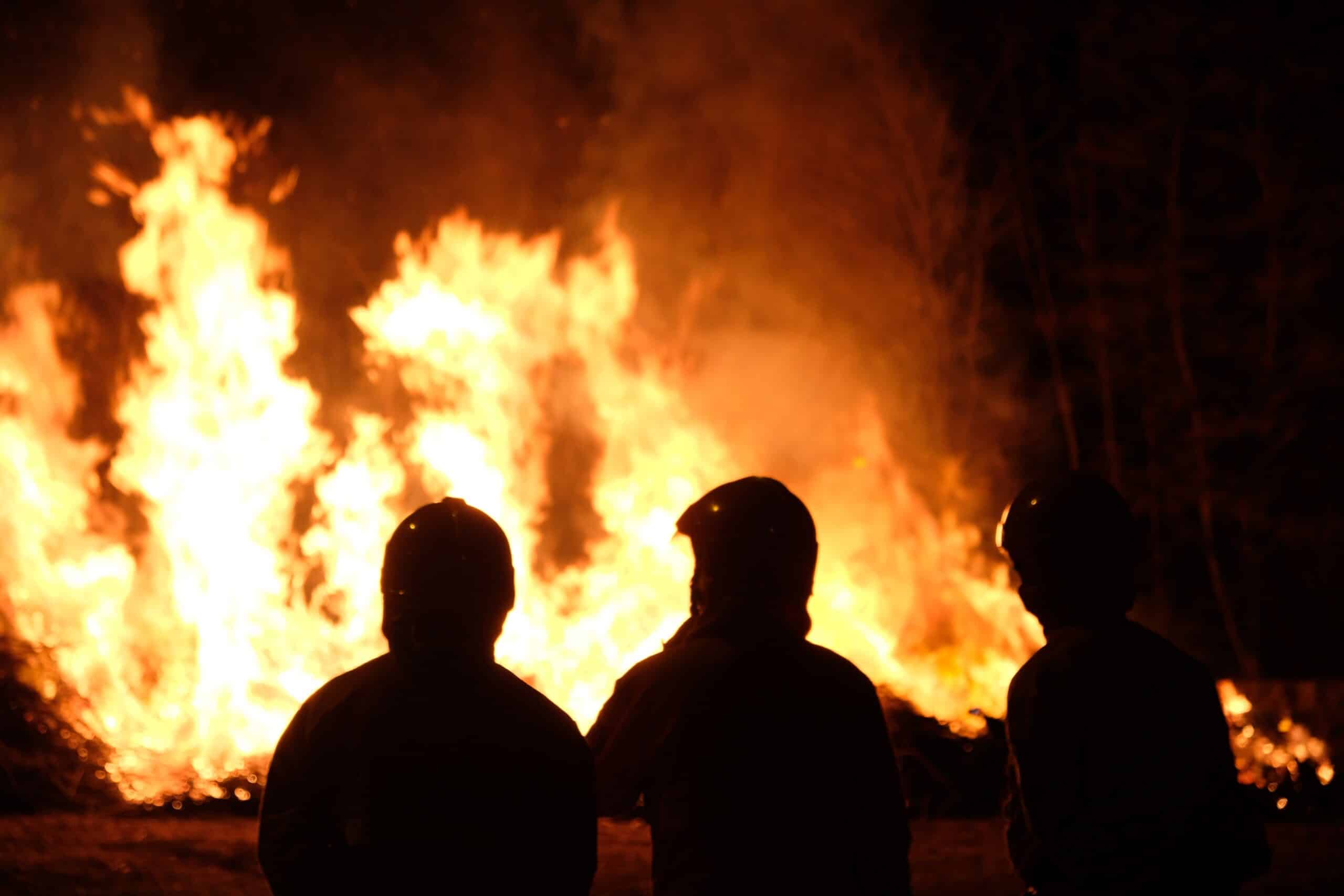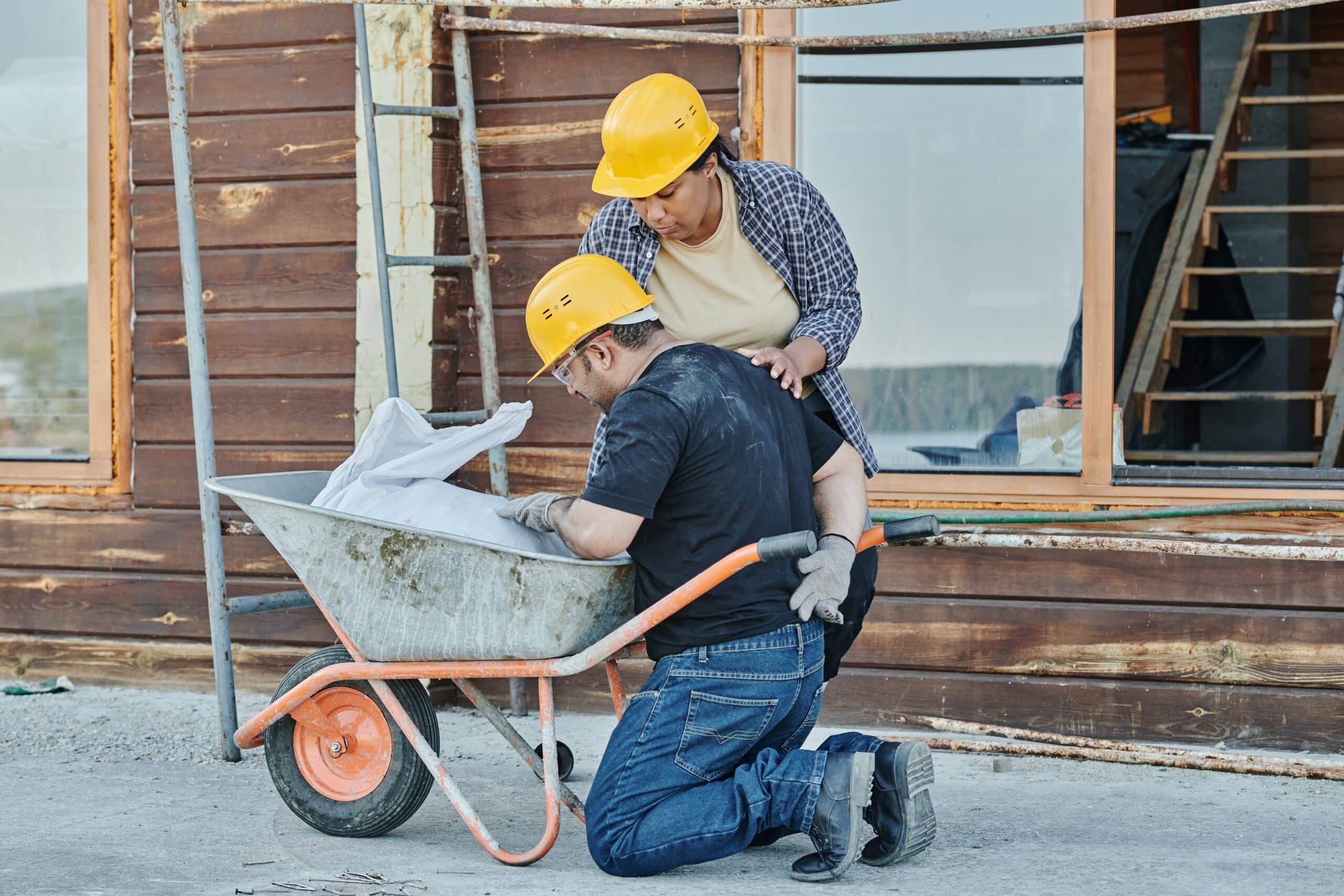Hazards are abundant at job sites, such as slip and fall dangers. All kinds of walking and working surfaces can cause slip and falls. Examples include floors, roofs, ramps, and other surfaces, such as scaffolding. Fall hazards are responsible for most of the fatal injuries in the construction industry.
The Occupational Safety and Health Administration (OSHA) has set a construction industry standard to define what must be done to protect employees from fall hazards. The OSHA has general industry standards for walking and working surfaces in workplaces other than construction sites. These standards provide specific directions on precautions for typical fall hazards at the worksite.
What Is a Floor Hole?
The concept of floor holes is broad. Gaps more than 2 inches wide on any walking or working surface can be considered a floor hole and pose a fall hazard. Floor holes are a primary culprit behind many fall-related injuries. Examples of floor holes include:
- Elevator shafts
- Maintenance holes
- Skylights
- Floor drains
- Broken concrete
- Drilled pier holes
- Hatchways chute floors
- Missing floorboards
- Sunken gravel or dirt
What Can Be Done to Protect Workers From Fall Hazards?
Floor holes up to 4 feet deep must be covered or surrounded by guardrails to prevent employees from tripping into or falling through them. Employers must keep walking/working surfaces clear of tripping hazards. A good workplace safety program is proactive, regular workplace inspections for hazards. Floor holes or openings must be identified as soon as possible and covered or guarded. The cover must be strong and durable enough to withstand at least twice the weight of employees, equipment, or materials on the surface. It must be installed or secured to prevent accidental displacement by the wind, equipment, or other employees.
Sometimes, it is not always feasible to cover fall hazards, such as skylights. In this case, guardrails need to be installed. In addition, a general safety measure to avoid floor hole injuries is adequate lighting. Warning signs are also crucial in alerting passersby of a potential tripping hazard.
Working on Roofs
Workers on a pitched roof face unique challenges. Due to the surface being pitched, guardrails and floor covers are not feasible. Instead, workers can use fall arrest systems designed to stop them from hitting the ground if they fall from an elevation. These typically include a specially designed safety harness and line. OSHA defines criteria that must be met for fall arrest systems.
Roofs under repair can have unstable or fragile surfaces in some spots. These may look stable but be deteriorated and unable to support a person’s weight. Roofers on pitched roofs should inspect the underside of the decking via the attic before attempting repairs and note where the top is weak before beginning to work.
Working in the Trenches
Construction work often involves excavation. An excavation is any manmade cut, cavity, trench, or depression formed by soil removal. Trenches are narrow excavations that are made below grade. Fall hazards arise around the perimeter of any hole. Warning signs around excavations must be used to prevent unauthorized workers from entering the area.
Employees working inside trenches to install pipes, utility lines, and the like are at risk of cave-ins. A cave-in is very likely to result in a fatality considering that a cubic yard of soil can weigh as much as a car. The three alternative approaches to ensuring trench safety and preventing cave-ins are:
- Slope trench walls.
- Shore up trench walls with support systems.
- Shield trench walls with the trench.
Protecting workers in trenches requires an understanding of the nature and composition of the soil. Each poses a different risk level and requires extra efforts to avoid cave-ins. A competent person can evaluate the ground, and necessary safety precautions must be on-site to assess and pre-plan trenching activities. Sloping must be at a sufficiently gentle angle to prevent cave-ins. Trench walls, shields, or trench boxes must be of the correct size, design, and construction to withstand the soil’s weight and avoid shifting and collapse.
Working on Scaffolding
Scaffolding is a temporary structure on the outside of a building used by workers when building, repairing, or cleaning the facility. The scaffold floor is a work surface that must be secure and adequately supported to protect workers. Fall protection such as guardrails or fall arrest systems must be provided to employees working on scaffolding 10 feet above the ground.
A fall from a scaffold can be catastrophic, and many construction site fatalities are due to falls from scaffolds. Scaffolds must be sound, rigid, and strong enough to carry its weight plus four times the maximum intended load without settling or displacement. They must be set up on solid footing. Proper guardrails, mid-rails, and toeboards must also be used to prevent workers from falling from the scaffolding or kicking materials to the ground. Workers in the vicinity of scaffolding should wear hard hats to avoid injury from dropped objects.
Training Is Essential
In all instances of setting up and using fall protection equipment, employee training is key to success. Assigning an inexperienced or untrained worker to shore up the sides of a trench, erect scaffolding, or use a fall arrest system is inappropriate and dangerous. Employers must provide adequate training to all employees assigned these duties because employees will get hurt otherwise. If an OSHA compliance officer records the violation, they may also be subject to fines.
New Jersey Workers’ Compensation Lawyers at Kotlar, Hernandez & Cohen, LLC Can Help You if You Have Been Injured at Work
Workplace injuries can be frightening and frustrating. If you have been injured in a fall or another accident at work, contact one of our experienced New Jersey Workers’ Compensation lawyers at Kotlar, Hernandez & Cohen, LLC. Call us at 856-751-7676 or fill out our online form to set up a free consultation. Located in Mount Laurel, Cherry Hill, Trenton, and Vineland, New Jersey and Trevose, Pennsylvania, we serve clients throughout New Jersey and Pennsylvania.





